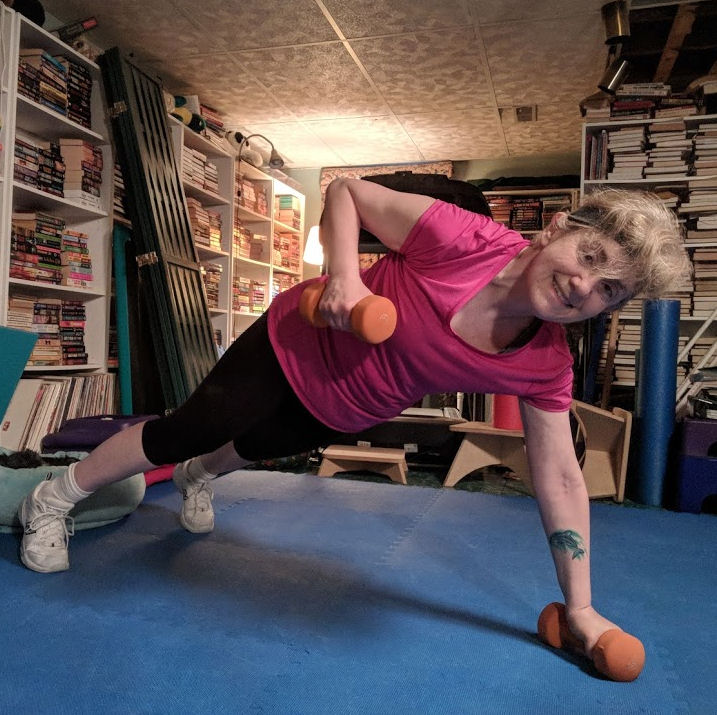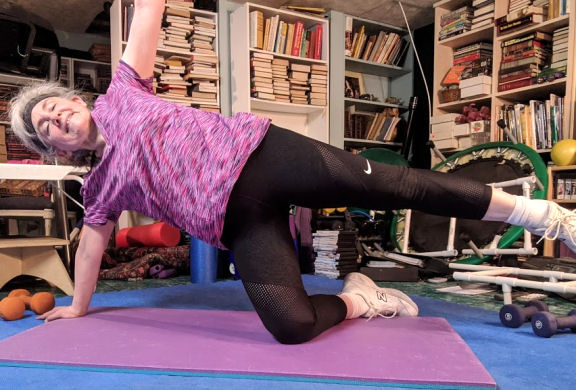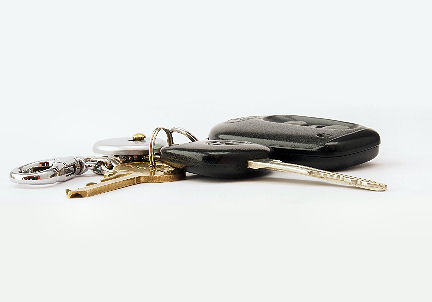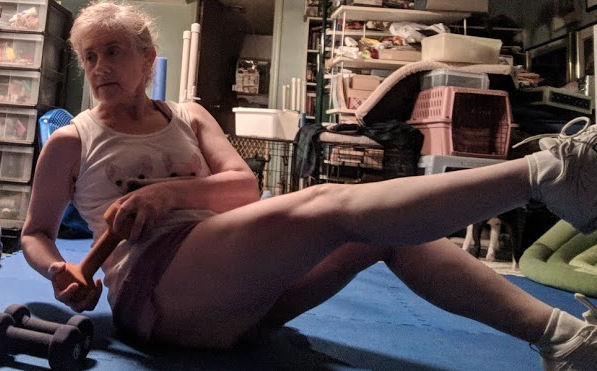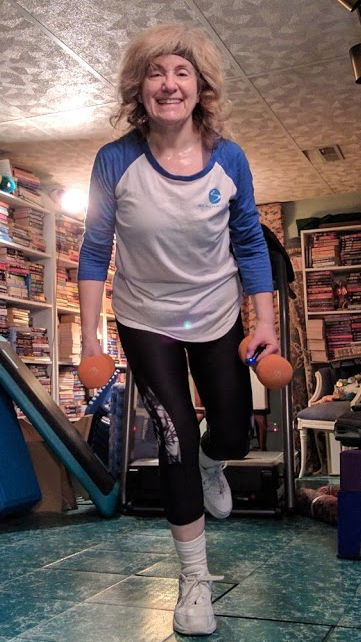Here’s something we can all agree on: no one is getting younger. It’s also a fact that women go through menopause at some time mid-life. The CDC has emphasized the importance of exercise for everyone, at every age. So, even though women’s bodies are changing, does that mean that our exercise should change? If we’re used to intense exercise, can we continue with that intensity? Or, if we need to start doing something, what’s the right intensity level? What’s the proper exercise intensity after menopause?
The short answer
Everyone is different. You know your own body, so do what feels right.You still should challenge yourself, but you might want to be creative about the challenge.
Former First Lady Michelle Obama is quite open about her menopause experience. If you recall, when she lived in the White House she famously led “fitness boot camps” for friends and came to be known as the “Drillmaster.” Everyone wanted Michelle Obama’s beautifully toned arms. Mrs. Obama still exercises, but she admits that she’s toned down the intensity. She has found that she cannot push herself as hard as she used to. Obama and her friends turn more to flexibility rather than cardio workouts. Not only that, Obama no longer leads all the workouts, but her group of friends keeps everyone fit and healthy.
The answer for me
As you know, if you’ve been reading my articles, I work out regularly. I’ve challenged myself and as a consequence can run faster now than I ever could before – because I committed to it. I still don’t enjoy it and probably never will, but that’s not why I run.
The answer for everyone
Listen to your body. If you’re feeling good, perhaps push yourself a little harder. If an exercise is especially tough, ease up. Perhaps focus a little more on lower intensity moves or work in an extra Yoga or Pilates program.
Watch the “slow weight creep”
Mrs. Obama admitted to the “slow weight creep” of menopause. As she wasn’t able to maintain the intensity, she wasn’t burning the calories that she used to. And so had to be mindful of her intake. “I have to be more mindful, not obsessive, but more mindful,” she said.
The Mayo Clinic agrees with Michelle Obama’s assessment: “Women tend to lose muscle mass and gain abdominal fat around menopause. Regular physical activity can help prevent weight gain.”
Now’s the time to improve your balance too
The Mayo Clinic also recommends working on your balance to improve stability and prevent falls. “Try simple exercises, such as standing on one leg while brushing your teeth. Activities such as tai chi also can be helpful.” Please note, though, that while tai chi improves balance over time, the improvement is cumulative. Tai Chi practice over a period of time will help your balance. The simple exercises found in the Week of Core-Centered Balance Moves can start helping you in just a couple of minutes a day.
Never stop
I’ve known many people who view retirement and aging as an excuse to quit their exercise programs. But, now is the time to get fit and strong and live our best lives – actually do the things we worked for, for all those years. Listen to your body. If you’re feeling good and things don’t hurt, your exercise intensity after menopause does not have to decrease. Take the time your body needs to recover, but don’t stop.

